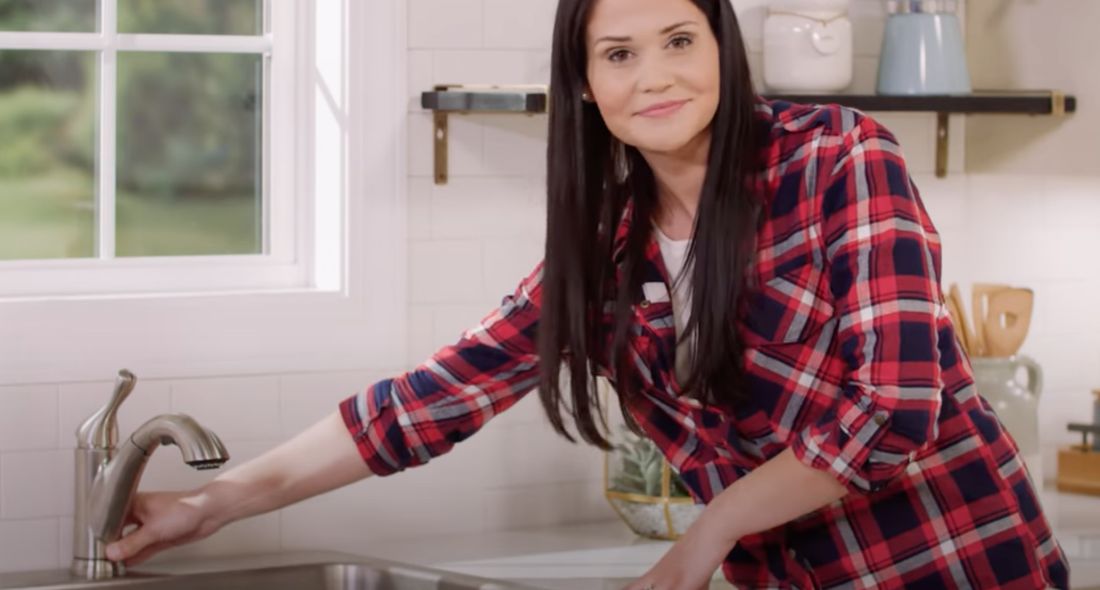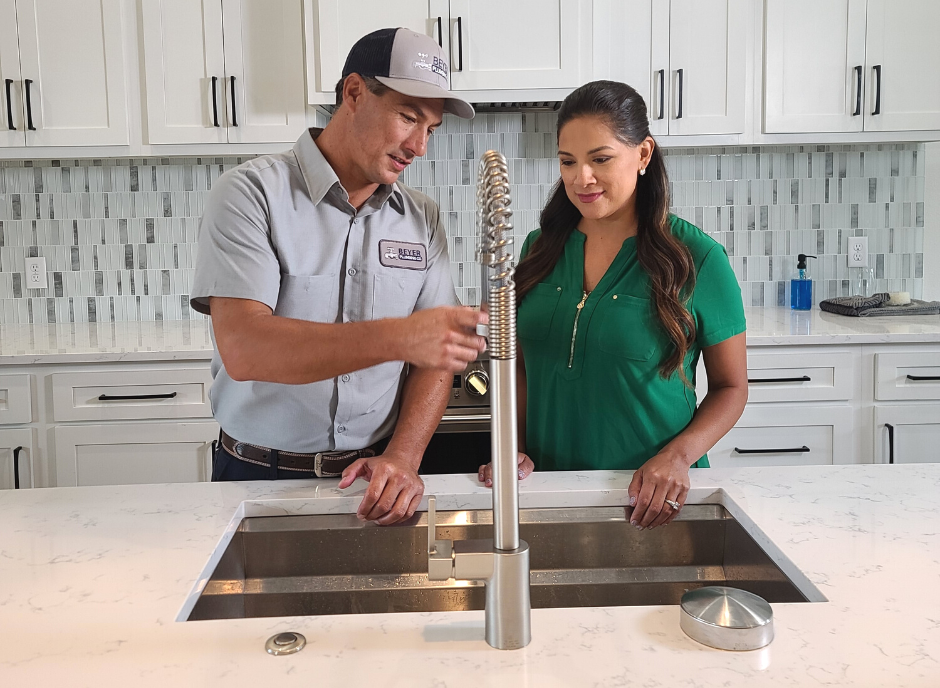On this page below you can find a good deal of excellent resources around Leaky Faucets: Why They Happen & What to Do About Them.

Dripping faucets might appear like a minor inconvenience, however their impact surpasses just the inconvenience of the audio. From wasting water to sustaining unnecessary financial costs and health and wellness risks, ignoring a dripping tap can bring about different consequences. In this post, we'll delve into why it's crucial to resolve this usual family problem quickly and effectively.
Wastefulness of Water
Ecological Effect
Dripping taps contribute significantly to water wastefulness. According to the Epa (EPA), a single tap dripping at one drip per secondly can squander greater than 3,000 gallons of water annually. This not just stress water sources however also influences environments and wild animals based on them.
Step-by-Step Overview to Fixing a Dripping Tap
Devices Required
Prior to trying to repair a trickling tap, gather the needed devices, including an adjustable wrench, screwdrivers, substitute parts (such as washers or cartridges), and plumber's tape.
Typical Tap Issues and Their Solutions
Recognize the type of faucet and the particular problem creating the drip. Usual troubles include worn-out washers, corroded shutoff seats, or damaged O-rings. Describe supplier guidelines or on-line tutorials for detailed advice on fixings.
Financial Prices
Raised Water Costs
Past the environmental influence, trickling taps can pump up water bills significantly. The built up wastage over time converts right into higher energy costs, which could have been avoided with prompt repair work.
Potential Property Damages
Furthermore, long term leaking can lead to damage to fixtures and surface areas surrounding the faucet. Water build-up can trigger staining, rust, and even structural concerns if left unattended, causing additional repair service expenses.
Wellness Concerns
Mold And Mildew and Mold Growth
The continuous existence of dampness from a dripping faucet produces an ideal atmosphere for mold and mold development. These fungis not only jeopardize indoor air high quality yet additionally posture health risks, especially for individuals with breathing conditions or allergies.
Waterborne Illness
Stationary water in trickling faucets can become a breeding ground for bacteria and various other virus, raising the danger of waterborne illness. Pollutants such as Legionella bacteria thrive in stationary water, potentially resulting in serious ailments when consumed or inhaled.
Do it yourself vs. Specialist Repair service
Benefits and drawbacks of DIY Fixing
While some might attempt to take care of a dripping tap themselves, DIY fixings include their very own set of obstacles. Without proper expertise and tools, DIY efforts can worsen the issue or cause insufficient repair work, lengthening the trouble.
Benefits of Employing a Specialist Plumber
Hiring an expert plumber makes certain that the underlying cause of the dripping faucet is attended to properly. Plumbing technicians have the expertise and equipment to diagnose and repair faucet issues effectively, saving time and reducing the danger of additional damage.
Environmental Responsibility
Individual Payment to Preservation
Taking duty for taking care of trickling taps lines up with wider efforts towards water preservation and environmental sustainability. Every individual's activities jointly make a considerable impact on maintaining valuable resources.
Lasting Living Practices
By prioritizing timely repairs and taking on water-saving practices, people add to sustainable living methods that benefit both existing and future generations.
Preventive Measures
Routine Maintenance Tips
To avoid dripping taps, execute regular maintenance such as cleaning up aerators, evaluating for leakages, and changing damaged parts quickly. Additionally, take into consideration mounting water-saving tools or updating to much more efficient components.
Significance of Prompt Repairs
Attending to dripping taps as soon as they're noticed stops further water wastefulness and potential damages, eventually conserving both water and cash in the long run.
Influence On Building Value
Assumption of Well-Maintained Home
Maintaining a residential property in good condition, including resolving maintenance concerns like trickling taps, enhances its viewed worth and desirability amongst potential purchasers or renters.
Impact on Resale Worth
Characteristics with well-kept plumbing components, including taps, command greater resale worths in the property market. Dealing with dripping taps can add to a favorable impact throughout property evaluations and settlements.
Conclusion
Addressing a dripping faucet goes beyond plain comfort; it's an important action toward preserving water, minimizing financial expenses, and guarding health and property. Whether with do it yourself repair work or expert assistance, acting to take care of leaking taps is a tiny yet impactful way to promote accountable stewardship of sources and add to a healthier, much more lasting future.
How to Fix a Leaky Faucet: Step-by-Step Repair Guide
A leaky faucet may seem like a simple annoyance, but if it's not fixed promptly, that leak could cost hundreds to potentially thousands. From water damage to mold, mildew, and high water bills, even a tiny leak can be catastrophic if left unattended. Damage like this can even affect the overall value of your home, so it's important to take the right approach for leaky faucet repair. You may need the help of a plumber in some cases, but we've got a few tips you can try on how to fix a leaky faucet before calling the pros.
Four Faucet Types
When you're learning how to fix a leaky faucet, the first step is knowing what kind of faucet you're working with! There are four common types.
Cartridge Faucets
Cartridge faucets come in one- or two-handled varieties. In one-handled cartridge faucets, hot and cold water combines in a single cartridge. In the two-handled versions, hot and cold water are controlled separately and mixed in the faucet.
Ball Faucets
Ball faucets have a single lever you push up and down to adjust the pressure and rotate to change the temperature. A slotted metal ball controls the amount of water allowed into the spout.
Compression Washer Faucets
They're the oldest type of faucet, but they're still used in many homes — especially older ones. Compression faucets have two separate handles that, when turned, raise or lower the washer that seals a water valve. This valve stops water from flowing through the faucet when it is turned off.
Disc Faucets
Disc faucets rarely need to be repaired due to their maintenance-free design. The water flow is controlled by two discs — the upper one raises and lowers against a fixed lower disc, creating a watertight seal. If your disc faucet starts leaking, you may need to replace the seals or clean residue buildup from the inlets.
Fixing a Leaky Faucet
Step 1: Turn Off the Water
Whether you're learning how to fix a leaky bathtub faucet or how to fix a leaky kitchen faucet, always turn off the water supply to your working area when you're fixing a leak. The last thing you want is a flood added to your list of things to fix.
Look for the shutoff valves below your sink or around the tub and turn them clockwise to stop the water flow. If your faucet doesn't have shutoff valves, you may need to turn off the water for the whole house. Check to make sure it's off by turning the faucet on. If nothing comes out, you're ready to start the repair.
Step 2: Take Apart the Faucet
How you disassemble your faucet depends on the type of fixture you have. You can use a flathead screwdriver to remove the caps on top of the handle or handles for cartridge and compression faucets. Inside, you should see handle screws. Unscrew these with a screwdriver to remove the handle.
Disc- and ball-style faucets will typically have an inlet screw near the handle, and removing that will reveal the interior of the faucet.
Detach the Valve Stem
For cartridge- and compression-style faucets, you'll see the inner valve stem or cartridge once you remove the faucet handles. If you have a compression faucet, unscrew the brass valve stem. If you have a cartridge faucet, pull out the cartridge. If your cartridge has been in place for a while, it may require some tools or extra force to remove it due to mineral deposits.
Examine and Replace Parts
Once you've removed the parts, check them out to confirm what needs to be replaced. You may see corroded rubber washers, O-rings, stems, or cartridges. On a ball-style faucet, check the seats and springs for damage.
If you need to repair a leaky disc faucet, check the inlet and seals on the lower disc.
Once you determine what parts must be replaced, visit your local hardware store. Bring the damaged parts with you to ensure you can purchase the correct components to replace them.
Clean Valves and Faucet Cavity
If you've removed a stem or cartridge, you may notice mineral buildup in the faucet's threads. Use white vinegar to clean the valve seat by soaking it for a few minutes, then scrub it away with a soft toothbrush and rinse with warm water. You can also clean the interior of the faucet in the same way.
Reassemble the Faucet
Once your faucet is cleaned and the required parts have been replaced, it's time to reassemble it. Put the pieces back together and slowly turn the water supply back on. Doing this slowly is crucial because too much initial water pressure can damage the new hardware you've just installed.
https://homewarranty.firstam.com/blog/how-to-fix-leaky-faucet

I recently found that write up on How to Fix a Dripping or Leaky Faucet while doing a lookup on the search engines. Sharing is nice. Who knows, you will be doing someone a favor. Thank-you for taking the time to read it.